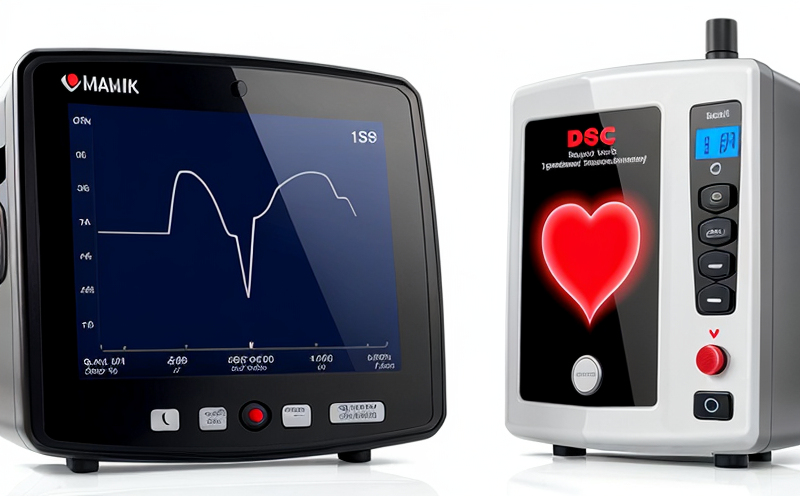ISO 5840 Mechanical Heart Valve Leakage Testing
The ISO 5840 mechanical heart valve leakage test is a critical procedure in medical device quality assurance, designed to evaluate the performance and integrity of prosthetic heart valves. This test ensures that implanted devices function reliably under physiological conditions, minimizing risks associated with potential leaks or malfunctions.
The procedure involves simulating physiological conditions through hydraulic testing, which measures the amount of blood leaking past the valve at various pressures. The test aims to identify any defects in the mechanical structure of the valve, such as improperly seated components or manufacturing flaws that could compromise patient safety.
Understanding the context is essential for quality managers and compliance officers. This test is part of a broader suite of evaluations ensuring that medical devices meet stringent safety and efficacy standards set by regulatory bodies like the FDA and ISO. R&D engineers benefit from this testing as it helps in refining valve designs to enhance performance.
The process begins with meticulous preparation of the valve for testing, including cleaning and drying the specimen according to specific protocols outlined in ISO 5840:2019. The test setup includes a specialized hydraulic bench that can simulate physiological pressures ranging from minimal to maximum expected values during cardiac function.
The test involves subjecting the heart valve to multiple pressure cycles, typically starting at low pressures and gradually increasing to higher levels. During each cycle, the amount of leakage is measured using precision flow meters and recorded. The data collected helps in determining the overall performance of the valve under various stress conditions.
Compliance officers play a vital role in ensuring that all tests are conducted according to international standards. This includes adhering to specific protocols for specimen preparation, instrument calibration, and data analysis. Reporting must be comprehensive, detailing the test parameters, results, and any potential issues identified during the procedure.
The importance of this testing cannot be overstated; it directly impacts patient safety by ensuring that only reliable valves are implanted. For quality assurance teams, understanding these nuances is crucial for maintaining high standards in medical device development and manufacturing.
Applied Standards
| Standard | Description |
|---|---|
| ISO 5840:2019 | The standard provides the requirements for mechanical testing of heart valves, including leakage testing. It specifies test methods and acceptance criteria to ensure that the valve performs reliably under physiological conditions. |
Benefits
The ISO 5840 mechanical heart valve leakage test offers several significant benefits:
- Enhanced patient safety by identifying potential defects early.
- Achieving regulatory compliance and ensuring product reliability.
- Improving the design and performance of heart valves through continuous refinement.
- Saving costs associated with post-market recalls due to valve failures.
Industry Applications
This testing is widely used in various applications within the medical device industry:
- Manufacturing of prosthetic heart valves for cardiovascular surgery.
- Evaluation of new valve designs to ensure they meet performance criteria before market release.
- Quality control during production processes to maintain consistent product quality.
- Research and development activities focusing on improving valve durability and efficiency.





